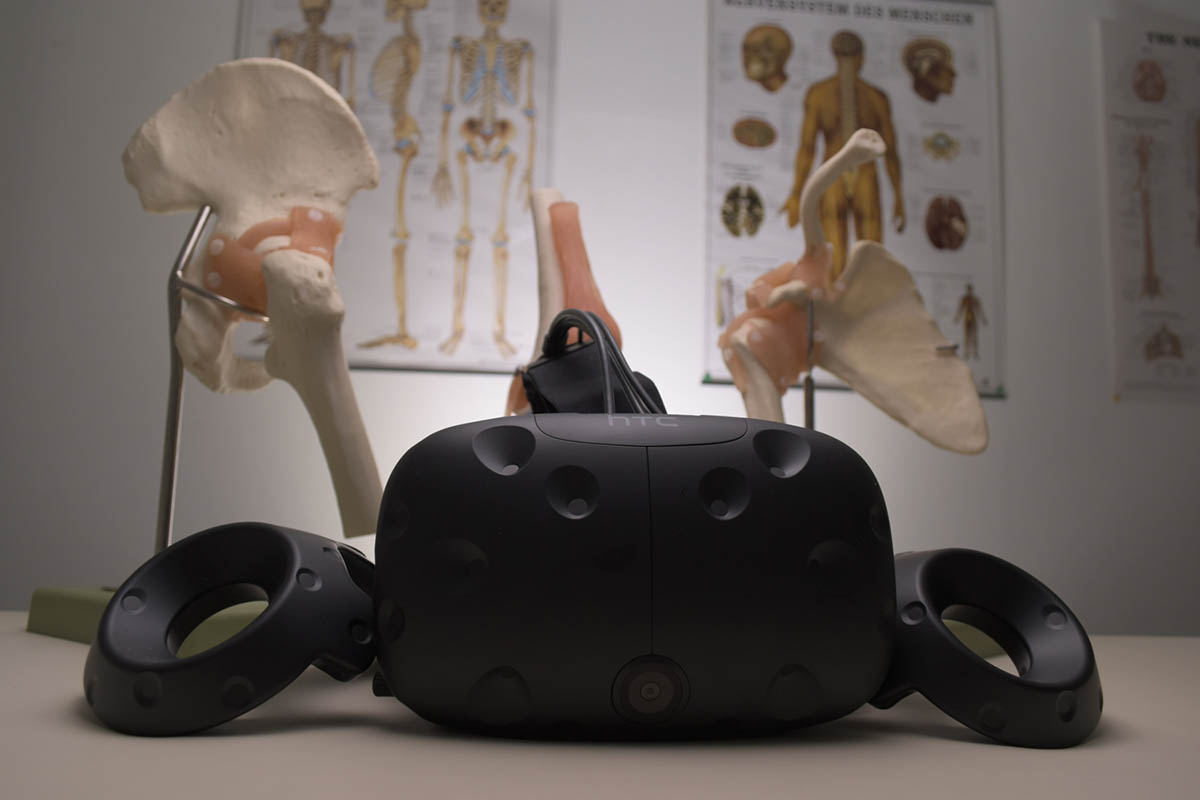Creating a More Just and Merciful World
How Technology Is Changing Physical Therapy

Thanks to technology, the future is now for those pursuing a pre-physical therapist degree.
Since it was first developed more than a century ago, the field of physical therapy has been continually evolving, incorporating new research and practices. Entry into the field has also grown more challenging as it now requires an advanced degree to become a physical therapist, which has only been the case since the 1990s.
While research and new approaches will continue to shape and evolve the field, the most dramatic changes are likely to be driven by technology. In fact, there are multiple ways in which technology has altered the field in recent years—and will continue to do so in the future—including the following:
- Apps. Mobile device apps make it easy for physical therapists to provide useful resources to patients, including timers, modeled stretches and movements, and treatment and appointment reminders. Given the ubiquity of Android and Apple devices, and patients’ comfort level using various apps, incorporating this technology into a treatment plan is a no-brainer.
- Motion capture and wearable technologies. Wearable tech, such as smart watches and fitness trackers, include sensors to capture an individual’s movement in the optimal range of motion. Physical therapists are now able to connect these sensors to apps to provide personalized plans for patients, targeting their specific therapy needs and goals.
- Gamification and virtual reality. The introduction of video game technology into physical therapy has helped patients in one important way: it has made therapy fun! And when patients know they will enjoy a physical therapy session, they are more likely to keep their appointments and engage in assigned exercises on their own. Plus, when physical therapy is presented as a game, patients get the reward of playing and winning, which translates into additional motivation to continue putting in the work required for progress.
The immersive experience made possible by virtual reality further ratchets up the “fun” factor. VR headsets can simulate landscapes or scenarios that make physical therapy exercises more interesting and enjoyable.
- Telehealth. In 2020, at the height of the COVID-19 pandemic, the U.S. Department of Health and Human Services reported a 6,300 percent increase in the number of telehealth visits. Even as the pandemic begins to subside, telehealth is here to stay, and physical therapists can expect to see more patients for virtual appointments than they did in the years prior to COVID.
These technology-driven innovations were not part of physical therapy even just a few years ago, which begs the question of what might be coming next, during physical therapy’s next phase of evolution.
Get started on the path to a career as a physical therapist by pursuing a Bachelor of Science in Pre-Physical Therapy from Carlow University. The major will prepare you for graduate-level studies and provide opportunities for hands-on experiences to learn the skills needed to enter the fast-growing field of physical therapy and provide the best in patient care. To become a practicing physical therapist, you must get a doctor of physical therapy degree and pass a state licensure exam. Learn more about Carlow University’s Doctor of Physical Therapy Degree here.
